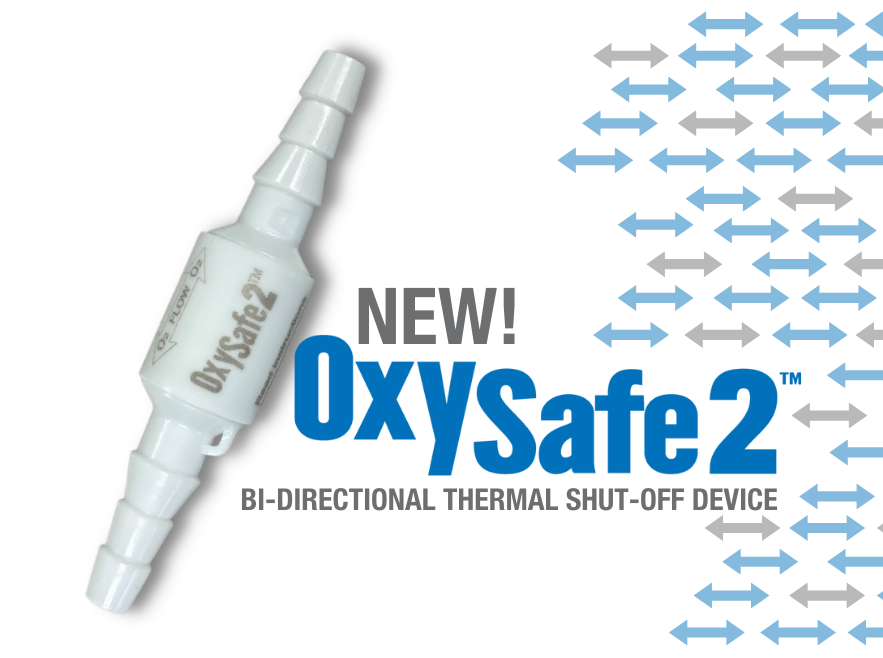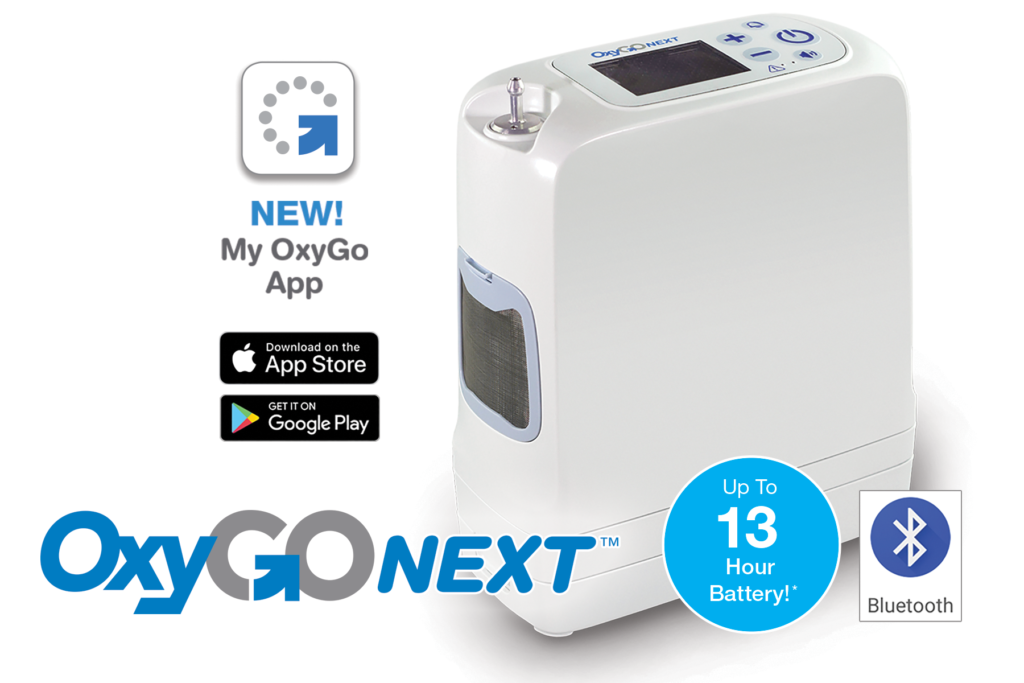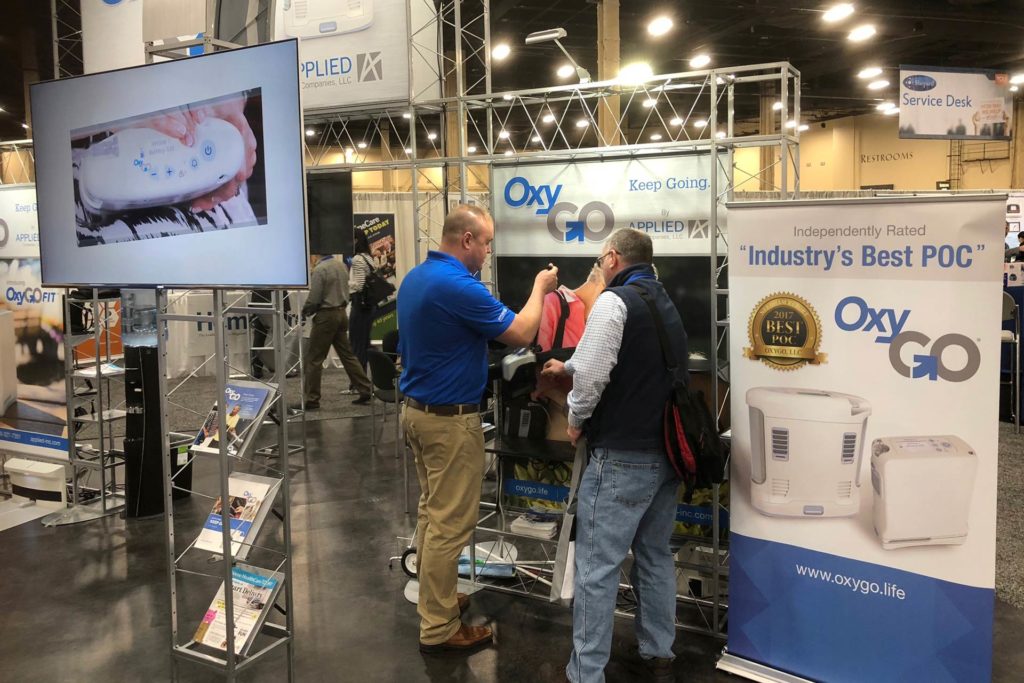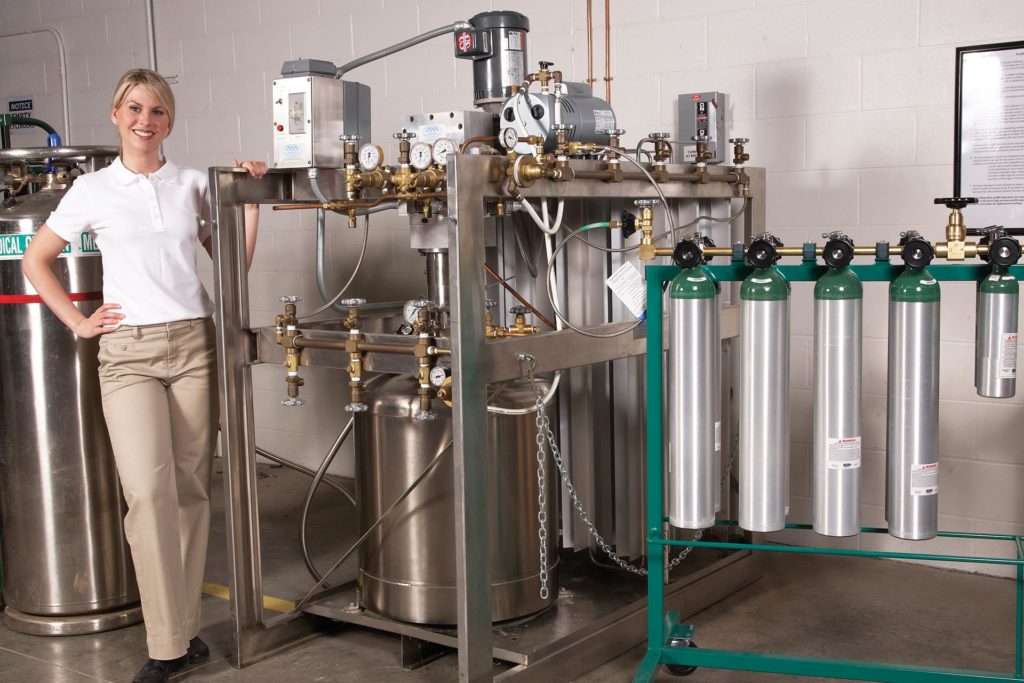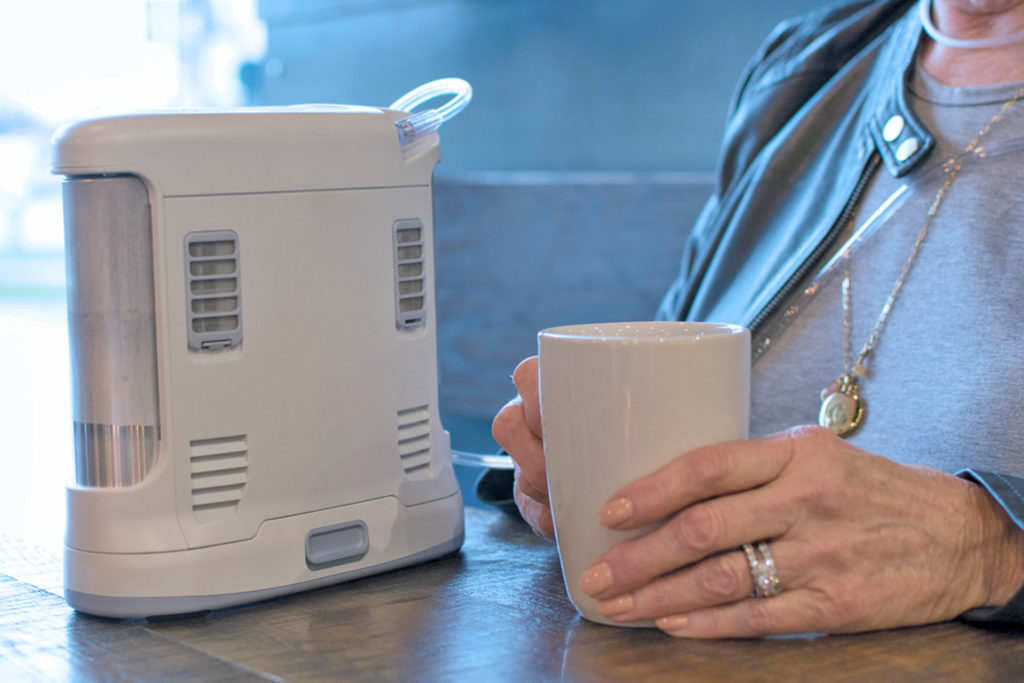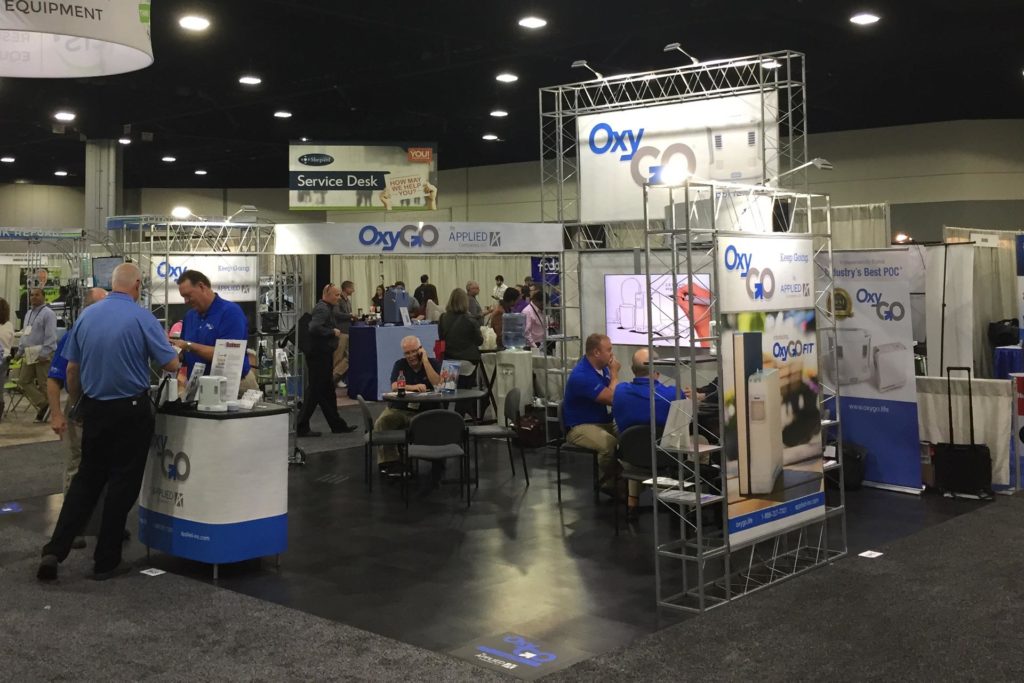Category: Regulatory
Competitive Bidding - Are you ready?
June 15, 2019 – By Cara C. Bachenheimer for HomeCare Magazine With the Medicare Durable Medical Equipment, Prosthetics, Orthotics, and Supplies (DMEPOS) Competitive Bidding Program competitive bid window opening July 16, it’s time to make sure you’re on track to submit your bids before the bid window closes September 18. HomeCare asked Cara Bachenheimer, who chairs the government affairs practice at Brown & Fortunato, to share the basics before Round 2021. Here’s a checklist to help you make sure you will be ready to submit your bids on time: 1. Check Bid Bonds, State Licensure and Accreditation. You will need to obtain one bid bond for each competitive bid area (CBA) in which you plan to bid; make sure you are appropriately licensed in all the states where you plan to bid, and make sure your accreditation covers the products/services on which you plan to bid. 2. Bid Smart! Make sure you understand both the old and the new competitive bidding program rules. New rules include lead item pricing, clearing price rate setting and new higher bid ceilings. The old rules include bona fide bids, subcontracting, contractor obligations, special payment rules for oxygen and capped rental items and grandfathering rules. 3. Do You Understand Lead Item Pricing? This new bidding method requires bidders to analyze the impacts of their bid for the lead it
Special Staff Report
As this issue of Home HealthCare TODAY went to press, the Food and Drug Administration called for comments on its first update since 2003 to the guidelines manufacturers and suppliers of medical gases have looked to for basic guidance on medical gas best manufacturing practices. The new guidelines are important because the FDA can choose to enforce them as needed. This guidance is expected to reduce the regulatory compliance burden for the medical gas industry by providing clear, up-to-date, detailed recommendations regarding CGMP (Current Good Manufacturing Practices for Medical Gases) issues that have been the subject of industry questions. The proposed guidelines can be viewed online at: https://goo.gl/Zsk5XL Of particular importance for Home HealthCare TODAY readers is that with this document the FDA has clarified the difference between Air Separation Units, Original Manufacturers and Transfillers. The FDA also has finally said they will not hold the medical gas industry to some of the previous regulations that never made sense and were an economic burden to many—stock rotation rules and expiration dating, for example. This FDA guidance supersedes the draft guidance for industry Current Good Manufacturing Practice for Medical Gases issued in May 2003. Here is a snapshot look at some of the highlights, edited for brevity and
Healthcare Privacy and Confidentiality Requirements
Sometimes what looks easy is quite complex. Take, for example, the Healthcare Insurance and Portability and Accountability Act. It has been around since 1996 but many DMEs still may not understand how important it is to follow certain principles to maintain accreditation. As I was perusing the Internet, I came across an important-to-read healthcare blog by Steve DeGenero, Director of Survey Services, for Healthcare Quality Association on Accreditation (HQAA), Waterloo, Iowa. In his blog, DeGenero emphasizes the importance of “maintaining secure medical records.” Companies should have policies and procedures for dealing with the protection of patient records, controlling who at the company has access to the records, how records are stored, and how and when information is disclosed to outside entities. PERFORM REGULAR SELF-AUDITS DeGenero suggests conducting a quick self-audit of your business to ensure you are compliant, paying careful attention to the following common challenges: Make sure patient lists, delivery schedules, and maintenance records are not posted or hung up in areas where public or vendors can see them. Are computer screens set up in such a way that customers can’t see them over a counter? When staff leaves their office, cubicle, or workstation, is the computer shut off, password protected, and secure? Are paper records, s
CMS Home Health Star Rating System
Lets Patients Compare Home Health Agencies Consumers are being given the opportunity to be smarter and wiser in their selection of home health agencies. In late January, 2016, CMS introduced the first patient experience of care star ratings on Home Health Compare: www.medicare.gov/homehealthcompare/ Known as Home Health Care Consumer Assessment of Healthcare Providers and Systems (HHCAHPS) Survey star ratings, these measures evaluate patients’ experiences with home health agencies. The first 2017 update for Home Health Compare took place in January. This update included the Quality of Patient Care star rating and quality measure values shown in the preview reports distributed in early October, 2016. The HHCAHPS Survey star ratings report patients’ experiences of care ranging from one star to five stars using data from patients (or the family or friends of patients) that have been treated by the agency. Five stars is the highest rating and reflects the best patient experience. Patients can compare information on others’ experiences of home health care at these agencies through the HHCAHPS Survey star ratings. The following five HHCAHPS Survey star ratings are available for each home health agency listed on the website: Care of patients Communication between providers and patients Specific care issues Overall rating of care provided by the home health agency Survey summary star rating This star system supports the larger effort across
Cracking Medicare’s Healthcare Jargon Code
Every industry has a shorthand code for its prominent and frequently referenced terminology. Healthcare is no exception. In fact, for the outsider, the healthcare profession is loaded with arcane and difficult to decipher and understand insider jargon. I have to admit that my own first visit to a healthcare website resulted in a struggle to comprehend meaning. For example, an ad for an upcoming webinar talked about including a national RAC program, contract extensions for what the SMRC was up to, new contract awards for MACs. And not to be outdone, the same site talked about ZPIC’s without defining them. It takes a little study, but anyone can master the meaning behind them. Keep this list of healthcare acronyms and definitions handy as a guide. You may know all or most of them but there is a good chance new people to the home healthcare field may not have the foggiest idea what many of them mean. ACA — Affordable Care Act ALJ — Administrative Law Judge AMBA — American Medical Billing Association BNAF — Budget Neutrality Adjustment Factor BOC — Board of Certification/Accreditation CHRS — Certified Healthcare Reimbursement Specialist CEU — Continuing Education Unit CHIP — Children’s Health Insurance Program CMM — Certified Medical Manager CMS — Centers for Medicare and Medicaid Services COPD — Chronic Obstructive Pulmonary
FDA Annual Records Review
If you received a letter from the FDA, and it said the following, would you know what it meant? “Written procedures are not established for evaluations conducted at least annually to review records associated with a representative number of batches, whether approved or rejected.” No? Don’t worry, let me translate. This excerpt is from an actual 483 letter (a list of observations that should be corrected after an FDA inspection), and is highlighting a FDA requirement that might be due for your firm this time of year: An Annual Records Review. The US FDA has jurisdiction over any oxygen transfiller, and considers them a drug manufacturer. Let’s unpack that: What’s a transfiller? Anyone who transfers oxygen from one container to another. Why does the FDA consider that manufacturing? Because that movement from one container to another could affect the purity of the oxygen. In our industry, that means that anyone who performs gas to gas filling, liquid to gas filling, or liquid to liquid filling is considered by the FDA to be a transfiller—and thus a drug manufacturer. So, if the FDA considers you a drug manufacturer, what does that mean? It simply means that you’ll have to do a few things to ensure your patients are getting the correct purity oxygen, and the FDA will check that you do those things. One of those things is the annual records review. Annually, quality control personnel should review the batch production recor
Blog - Regulatory
Category: Regulatory
Competitive Bidding - Are you ready?
June 15, 2019 – By Cara C. Bachenheimer for HomeCare Magazine With the Medicare Durable Medical Equipment, Prosthetics, Orthotics, and Supplies (DMEPOS) Competitive Bidding Program competitive bid window opening July 16, it’s time to make sure you’re on track to submit your bids before the bid window closes September 18. HomeCare asked Cara Bachenheimer, who chairs the government affairs practice at Brown & Fortunato, to share the basics before Round 2021. Here’s a checklist to help you make sure you will be ready to submit your bids on time: 1. Check Bid Bonds, State Licensure and Accreditation. You will need to obtain one bid bond for each competitive bid area (CBA) in which you plan to bid; make sure you are appropriately licensed in all the states where you plan to bid, and make sure your accreditation covers the products/services on which you plan to bid. 2. Bid Smart! Make sure you understand both the old and the new competitive bidding program rules. New rules include lead item pricing, clearing price rate setting and new higher bid ceilings. The old rules include bona fide bids, subcontracting, contractor obligations, special payment rules for oxygen and capped rental items and grandfathering rules. 3. Do You Understand Lead Item Pricing? This new bidding method requires bidders to analyze the impacts of their bid for the lead it
Special Staff Report
As this issue of Home HealthCare TODAY went to press, the Food and Drug Administration called for comments on its first update since 2003 to the guidelines manufacturers and suppliers of medical gases have looked to for basic guidance on medical gas best manufacturing practices. The new guidelines are important because the FDA can choose to enforce them as needed. This guidance is expected to reduce the regulatory compliance burden for the medical gas industry by providing clear, up-to-date, detailed recommendations regarding CGMP (Current Good Manufacturing Practices for Medical Gases) issues that have been the subject of industry questions. The proposed guidelines can be viewed online at: https://goo.gl/Zsk5XL Of particular importance for Home HealthCare TODAY readers is that with this document the FDA has clarified the difference between Air Separation Units, Original Manufacturers and Transfillers. The FDA also has finally said they will not hold the medical gas industry to some of the previous regulations that never made sense and were an economic burden to many—stock rotation rules and expiration dating, for example. This FDA guidance supersedes the draft guidance for industry Current Good Manufacturing Practice for Medical Gases issued in May 2003. Here is a snapshot look at some of the highlights, edited for brevity and
Healthcare Privacy and Confidentiality Requirements
Sometimes what looks easy is quite complex. Take, for example, the Healthcare Insurance and Portability and Accountability Act. It has been around since 1996 but many DMEs still may not understand how important it is to follow certain principles to maintain accreditation. As I was perusing the Internet, I came across an important-to-read healthcare blog by Steve DeGenero, Director of Survey Services, for Healthcare Quality Association on Accreditation (HQAA), Waterloo, Iowa. In his blog, DeGenero emphasizes the importance of “maintaining secure medical records.” Companies should have policies and procedures for dealing with the protection of patient records, controlling who at the company has access to the records, how records are stored, and how and when information is disclosed to outside entities. PERFORM REGULAR SELF-AUDITS DeGenero suggests conducting a quick self-audit of your business to ensure you are compliant, paying careful attention to the following common challenges: Make sure patient lists, delivery schedules, and maintenance records are not posted or hung up in areas where public or vendors can see them. Are computer screens set up in such a way that customers can’t see them over a counter? When staff leaves their office, cubicle, or workstation, is the computer shut off, password protected, and secure? Are paper records, s
CMS Home Health Star Rating System
Lets Patients Compare Home Health Agencies Consumers are being given the opportunity to be smarter and wiser in their selection of home health agencies. In late January, 2016, CMS introduced the first patient experience of care star ratings on Home Health Compare: www.medicare.gov/homehealthcompare/ Known as Home Health Care Consumer Assessment of Healthcare Providers and Systems (HHCAHPS) Survey star ratings, these measures evaluate patients’ experiences with home health agencies. The first 2017 update for Home Health Compare took place in January. This update included the Quality of Patient Care star rating and quality measure values shown in the preview reports distributed in early October, 2016. The HHCAHPS Survey star ratings report patients’ experiences of care ranging from one star to five stars using data from patients (or the family or friends of patients) that have been treated by the agency. Five stars is the highest rating and reflects the best patient experience. Patients can compare information on others’ experiences of home health care at these agencies through the HHCAHPS Survey star ratings. The following five HHCAHPS Survey star ratings are available for each home health agency listed on the website: Care of patients Communication between providers and patients Specific care issues Overall rating of care provided by the home health agency Survey summary star rating This star system supports the larger effort across
Cracking Medicare’s Healthcare Jargon Code
Every industry has a shorthand code for its prominent and frequently referenced terminology. Healthcare is no exception. In fact, for the outsider, the healthcare profession is loaded with arcane and difficult to decipher and understand insider jargon. I have to admit that my own first visit to a healthcare website resulted in a struggle to comprehend meaning. For example, an ad for an upcoming webinar talked about including a national RAC program, contract extensions for what the SMRC was up to, new contract awards for MACs. And not to be outdone, the same site talked about ZPIC’s without defining them. It takes a little study, but anyone can master the meaning behind them. Keep this list of healthcare acronyms and definitions handy as a guide. You may know all or most of them but there is a good chance new people to the home healthcare field may not have the foggiest idea what many of them mean. ACA — Affordable Care Act ALJ — Administrative Law Judge AMBA — American Medical Billing Association BNAF — Budget Neutrality Adjustment Factor BOC — Board of Certification/Accreditation CHRS — Certified Healthcare Reimbursement Specialist CEU — Continuing Education Unit CHIP — Children’s Health Insurance Program CMM — Certified Medical Manager CMS — Centers for Medicare and Medicaid Services COPD — Chronic Obstructive Pulmonary
FDA Annual Records Review
If you received a letter from the FDA, and it said the following, would you know what it meant? “Written procedures are not established for evaluations conducted at least annually to review records associated with a representative number of batches, whether approved or rejected.” No? Don’t worry, let me translate. This excerpt is from an actual 483 letter (a list of observations that should be corrected after an FDA inspection), and is highlighting a FDA requirement that might be due for your firm this time of year: An Annual Records Review. The US FDA has jurisdiction over any oxygen transfiller, and considers them a drug manufacturer. Let’s unpack that: What’s a transfiller? Anyone who transfers oxygen from one container to another. Why does the FDA consider that manufacturing? Because that movement from one container to another could affect the purity of the oxygen. In our industry, that means that anyone who performs gas to gas filling, liquid to gas filling, or liquid to liquid filling is considered by the FDA to be a transfiller—and thus a drug manufacturer. So, if the FDA considers you a drug manufacturer, what does that mean? It simply means that you’ll have to do a few things to ensure your patients are getting the correct purity oxygen, and the FDA will check that you do those things. One of those things is the annual records review. Annually, quality control personnel should review the batch production recor











